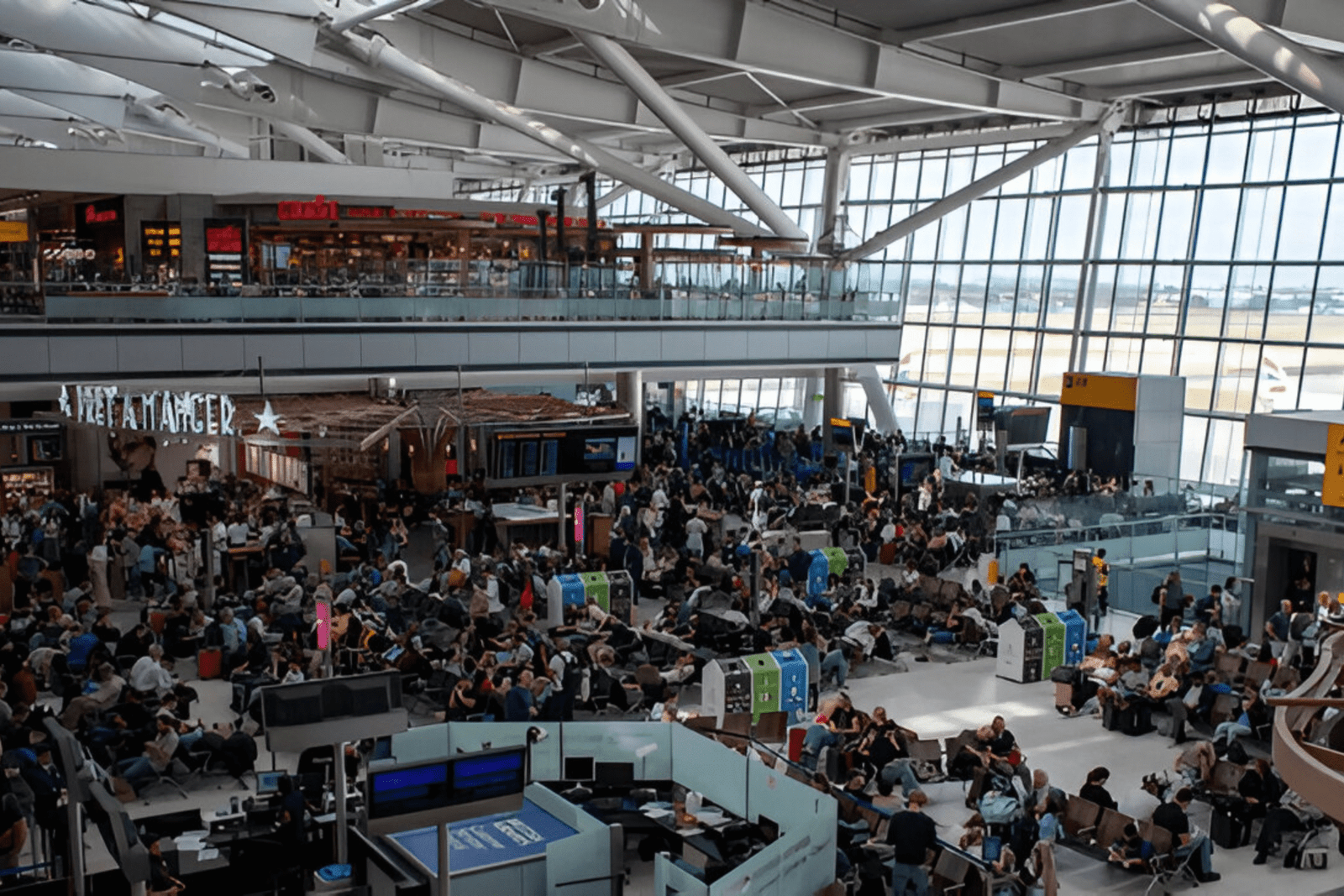While there is some uncertainty related to operations at Haneda and Narita airports in Tokyo, the financial managers of U.S. companies which are active in Japan have already seen the bill. From occasional changes in flight to infrastructure jam-ups, the predictability of air services to and from one of the most crucial economic centres in Asia is now being questioned, with both the casual voyagers and business people, the investors and the supply chain managers all at risk.
Delta’s In-Air Turnaround Leads to Questions About the Route’s Strength
An Airbus A350-900 of Delta Airlines headed from Detroit to Tokyo Haneda was forced to change its direction over the Bering Sea and land in Los Angeles, May 28 morning. Although the situation was dealt with in a secure manner, it resulted in the rescheduling of the Tokyo-bound trips of many American businessmen who were on their way to the capital. There is no additional information from the authorities yet, but experts suggest that it may be the first indication of the increase in volatility of transpacific business aviation routes.
First-class reservations for Tokyo have soared significantly over the past six months, which was driven by the assistance of the U.S. in the technology, pharmaceuticals, and energy sectors. Any disturbance in busy times of the route might lead to a substantial impact on the second-quarter schedule of those global companies that perform their business operations across the Pacific.
Factory Fire Near Haneda Shows Infrastructure Vulnerabilities
A recent occurrence of a fire in a factory that is only two kilometers away from Haneda Airport contributed to the decision to make the operational challenges one after the other. Except for the fact that no deaths were reported, the location of the industrial zones concerning the primacy of the matter and the airport assured some of the local companies serving the zone with cargo and personnel to start expecting some delays and to re-assess their previous decisions and steps.
Many major brands with local headquarters in Minato and Chiyoda districts have already detected a case in the risk management reports, stressing the importance of rethinking contingency plans for business trip and essential service travelers.
Narita Runway Expansion Might Affect Instant Effectiveness
The Narita International Airport has officially started the construction of the third runway, a concrete initiative to increase its air track for the 2030s. Nevertheless, the construction-related delays have already started to cause problems to the airport’s cargo handling and also incoming corporate delegations. Supply chain managers that are in charge of U.S. e-commerce, auto, and electronics business have seen an increase in the lead time for the high-priority shipments they are dealing with.
The air shipping companies that are operating in trade lanes between the U.S. and Japan, especially those that are transporting the parts that urgently need to be used or the pharmaceutical materials, are now observing the situation rather closely. If the inefficiency suffered is more or less consistent, this may raise their operation costs and, in turn, lead to a higher insurance premium.
Effects on Trade, Investment, and Strategic Operations
The bigger issue here is that despite the fact that the U.S. is still dealing with a reliable business partner in Japan, the latter is having a tough time to maintain the equilibrium in its aviation network. Efficient and prompt connectivity has been a strong point of Japan’s attractiveness for foreign investors. These recent events may force U.S. businessmen and trade partners to diversify their East Asian entry points and think of Osaka or Seoul as alternatives that could be gaining popularity.
Two risk management firms that are concentrating on travel risks report that two, at the minimum, Fortune 500 companies are in the midst of a complete overhaul of their Tokyo-centric travel policies and their travel nodes with an extension towards Fukuoka and Nagoya in the short-term.
Learning Time for Corporate Travel Strategy:
Read about a very informative new way of working for U.S. based businesses that have operations or at least a foot in Japan. The recent activities in Tokyo’s airports this week (Would the examples be a diverted flight, a spreading fire, or a construction zone being the cause of runway access blocking?) the question whether it is necessary to form new contingency plans for the company and to consider changing their mode of travel participated.
As air transportation is directly linked to economic flow, the partial or complete stoppage of airports for only a few weeks has its palpable adverse effects on the progress of projects, trade shipments, and even top-level meetings. It’s suggested that management teams watch out for the latest developments, discuss their situation with partners on the ground, and plot course changes that would suffice while one of Asia’s most crucial transport networks is back on its feet.











